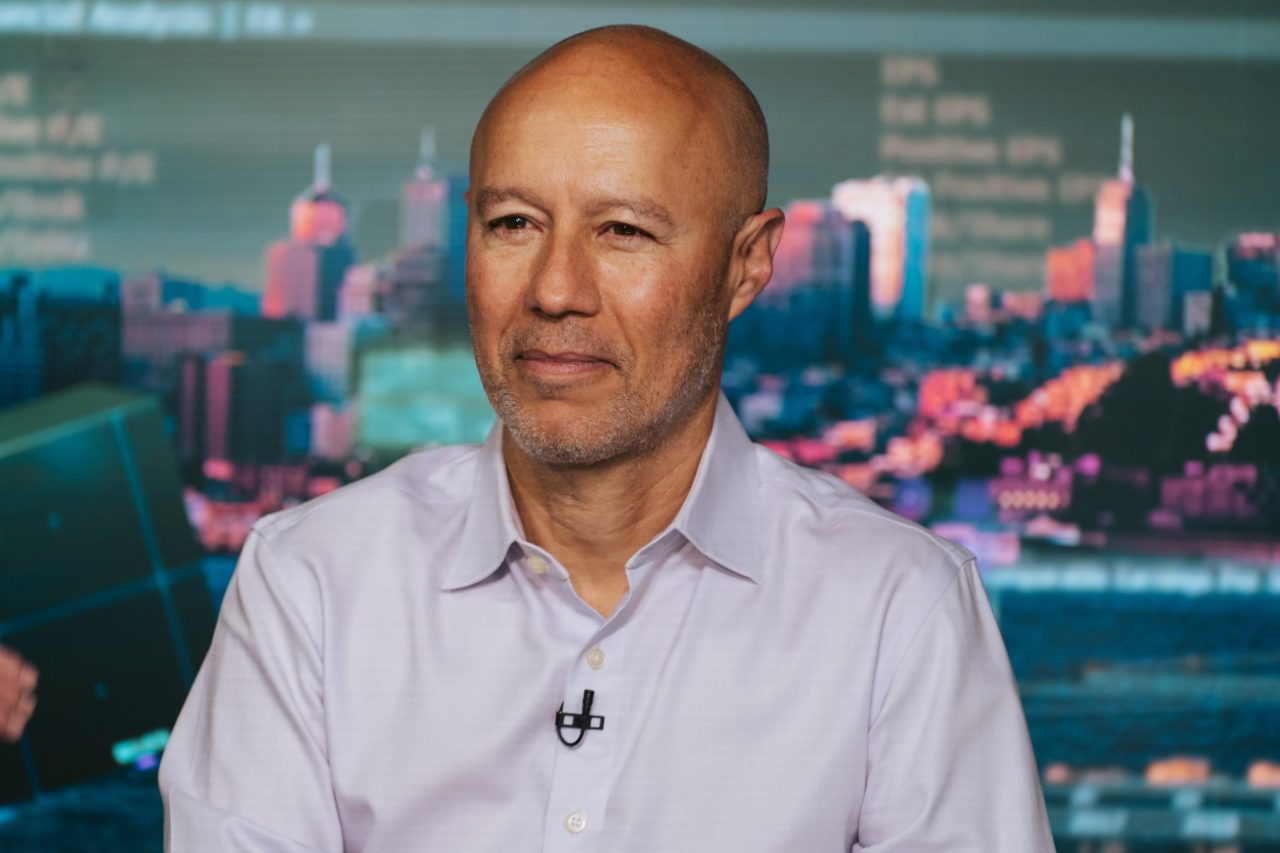In a bold economic vision for the future, U.S. Secretary of Commerce Gina Raimondo recently declared that the era of factory jobs isn’t over — it’s being reborn. But this time, the government wants manufacturing to offer not just a job, but a generational career path that spans decades — and families.
Manufacturing: Not the Past, but the Future
Factory jobs once symbolized the backbone of the American middle class. From the post-WWII boom through the late 20th century, generations of American families built stable, prosperous lives around manufacturing work — with strong unions, pensions, and benefits.
Then came offshoring, automation, and economic shifts. Millions of those jobs vanished. The idea of working in the same plant as your parents, let alone your kids, seemed like a relic of history.
But Raimondo, speaking at a recent U.S. economic summit, says that’s about to change.
“We’re not just bringing back factory jobs,” she said. “We’re building a new model of manufacturing employment — one where these jobs aren’t short-term gigs or stopgaps, but lifelong careers. For you, your children, and your grandchildren.”
The ‘New Model’ of Factory Work
The Biden administration’s $52 billion CHIPS and Science Act has triggered a renaissance in American manufacturing, especially in the semiconductor industry. The initiative aims to not only bring microchip production back to U.S. soil but to revitalize domestic industry across sectors — including clean energy, electric vehicles, pharmaceuticals, and defense.
But the vision goes beyond simply creating jobs. The new model seeks to:
- Anchor families and communities in multigenerational employment
- Offer long-term security, with built-in education, upskilling, and apprenticeships
- Include union protections, fair wages, and benefits
- Modernize factory work with clean, high-tech environments
- Create regional manufacturing hubs that offer long-lasting economic uplift
This is not your grandfather’s manufacturing job — it’s the 21st-century version, deeply integrated with AI, robotics, and clean tech.
Why It Matters: Stability in an Unstable Economy
In today’s fast-changing job market, many Americans feel trapped in short-term roles, gig work, or careers with no future. Job-hopping, layoffs, and burnout are common.
Raimondo’s push for stable, dignified factory careers offers a compelling alternative: multi-generational job security, especially in working-class and middle-income regions that have been hollowed out by deindustrialization.
“We’re laying the groundwork for a country where your children can choose to work in the same plant you did — and not because they have no options, but because it’s a great job,” Raimondo emphasized.
A Return to Roots — With a High-Tech Twist
In places like Ohio, Arizona, and Texas, new semiconductor fabs and EV battery factories are already hiring thousands. These are not grimy warehouses — they are cutting-edge clean rooms run by skilled technicians.
Many of these roles don’t require four-year degrees. Instead, the government is funding community college programs, tech apprenticeships, and bootcamps to help train the next wave of factory workers.
This focus on skills over credentials could be transformative for those left behind by the knowledge economy.
Critics Sound a Note of Caution
Not everyone is sold on the idea. Critics question:
- Whether these jobs will truly be protected from automation in the long run.
- How the government will ensure equity — especially for women and people of color — in industries historically dominated by men.
- If companies will uphold their end of the bargain once the federal incentives dry up.
Labor advocates warn that without strong union backing and oversight, the promise of “jobs for life” could become little more than a marketing slogan.
What It Means for American Families
Still, the concept is gaining traction. In towns like Syracuse, NY, where a $100 billion Micron chip plant is underway, high school seniors are being offered pathways directly into long-term careers.
One parent, Angela Wren, said,
“My dad worked at the same factory for 35 years. I never thought that would be possible for my kids. Now, it might be.”
Looking Ahead: The Future of Work is Familiar — and Better
Raimondo’s message isn’t just about factories. It’s about rebuilding belief in the American Dream — the idea that hard work, stability, and purpose can coexist. That you can build a life, not just earn a paycheck.
It’s about creating a model of work that values:
- Generational continuity
- Dignity of labor
- Technology plus tradition
And above all, it’s about giving families a reason to stay, to invest, and to hope.
Final Thoughts
In an economy marked by precarity and disconnection, the idea of jobs for life might sound outdated — or even naive. But maybe that’s exactly what makes it so powerful.
If Raimondo’s “new model” takes hold, America’s future might look a lot like its past — just smarter, cleaner, and more inclusive. And for millions of Americans, that could be the most radical innovation of all.




